‘Extremely dangerous’ Hurricane ‘Helene’ makes landfall in Florida
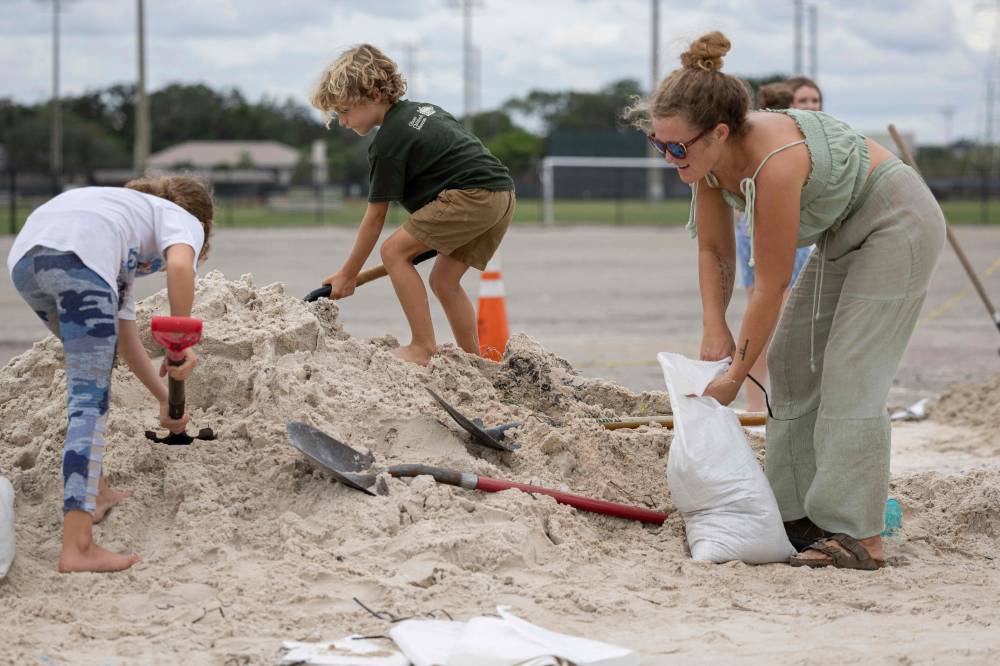
ALLIGATOR POINT, FLORIDA—The “extremely dangerous” Hurricane “Helene” made landfall in the US state of Florida on Thursday, with officials warning of “unsurvivable” conditions and a potentially catastrophic storm surge high enough to swamp a two-story house.
More than a million people were without power and roads were already flooded ahead of what is expected to be one of the largest Gulf of Mexico storms in decades.
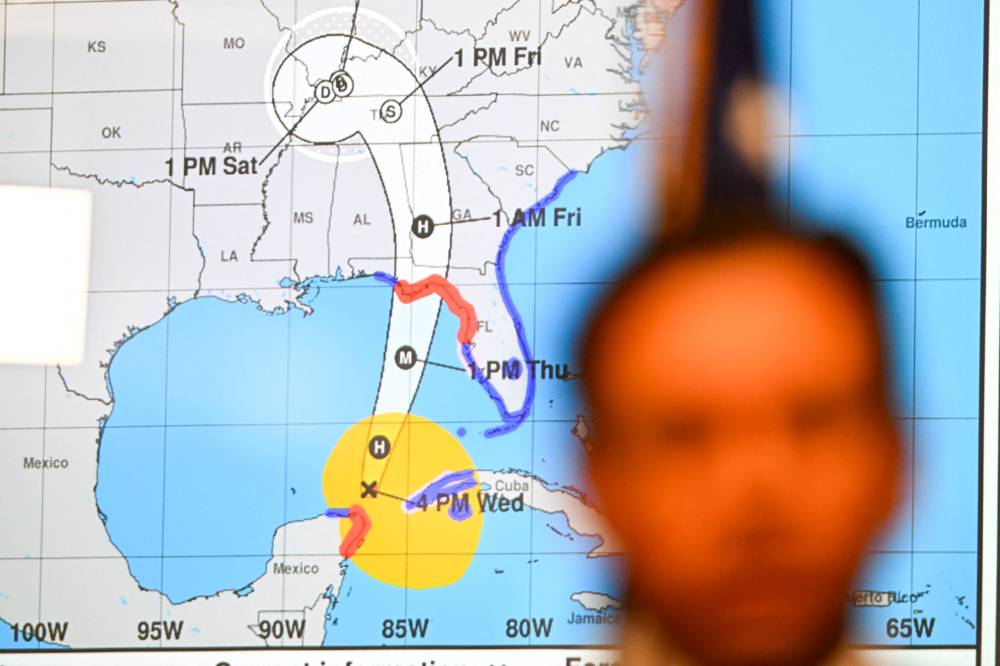
Fast-moving Helene strengthened to an “extremely dangerous” Category 4 hurricane Thursday, with the eye hitting near the town of Perry at approximately 11:10 p.m. local time (0310 GMT Friday), the US National Hurricane Center said.
It was packing winds of 140 miles (225 kilometers) per hour as it passed over the Gulf’s warm waters and began hitting the Big Bend area south of Tallahassee.
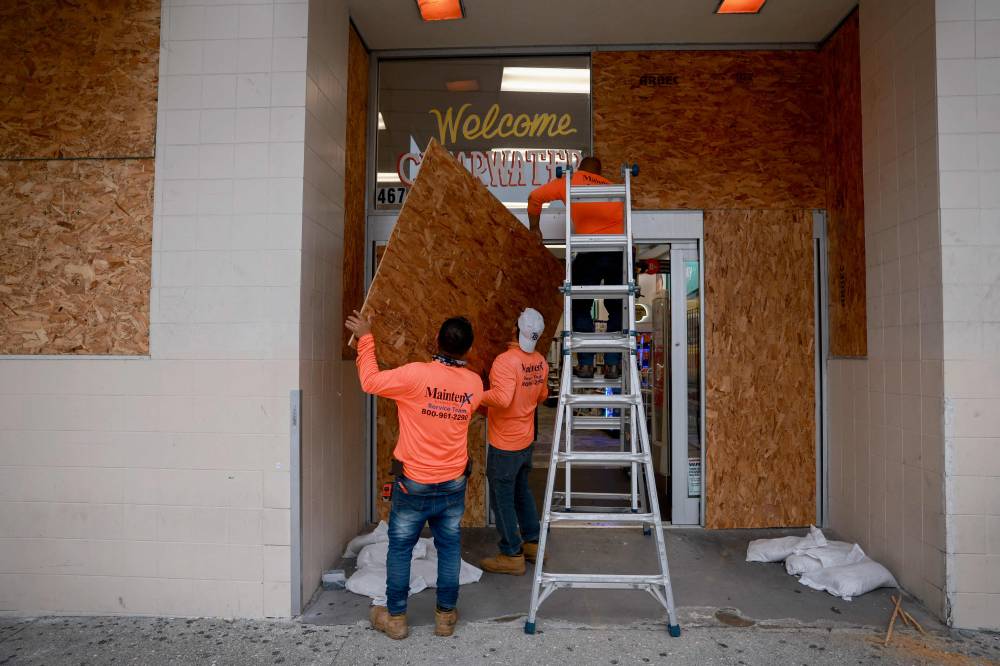
“EVERYONE along the Florida Big Bend coast is at risk of potentially catastrophic storm surge,” the NHC said on social media.
Tampa and Tallahassee airports have closed, with parts of St. Petersburg, downtown Tampa, Sarasota, Treasure Island and other cities on Florida’s west coast already flooded.
Widespread outage
About 1,036,553 homes and businesses were without power, according to tracking site PowerOutage.us.
“We’re expecting to see a storm surge inundation of 15 to 20 feet above ground level,” NHC director Mike Brennan said. “That’s up to the top of a second story building. Again, a really unsurvivable scenario is going to play out here in this portion of the Florida coastline.”
The accompanying waves “can destroy houses, move cars, and that water level is going to rise very quickly,” Brennan added.
US President Joe Biden urged people to heed official evacuation warnings.

“I urge everyone in and near the path of Helene to listen to local officials and follow evacuation warnings,” he said. “Take this seriously, and be safe.”
Bodies pretagged
Authorities in Florida’s Taylor County asked residents who did not act on mandatory evacuation warnings to write their names on their bodies with permanent marker, to aid in identification if they are killed.
In Alligator Point, a coastal town on a picturesque peninsula in the storm’s path, David Wesolowski was taking no chances.
“I just came to button up a few things before it gets too windy,” the 37-year-old real estate agent told AFP as he boarded up his house on stilts.
“If it stays on course, this is going to look different afterwards, that’s for sure,” he said.
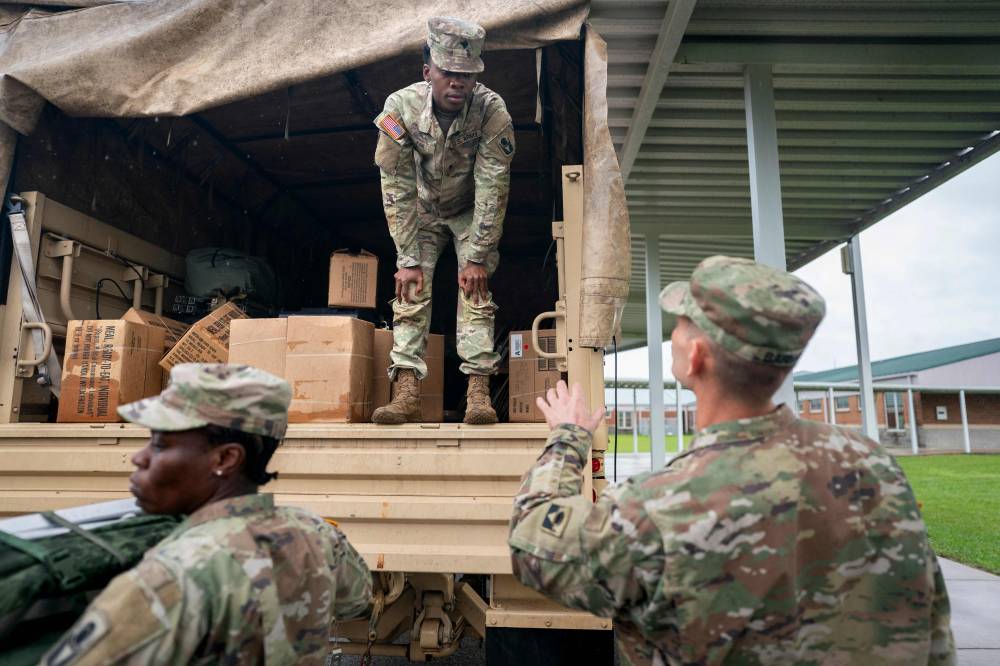
Patrick Riickert refused to budge from his small wooden house in Crawfordville, a town of 5,000 people a few miles inland.
Most residents have bolted, but Riickert, his wife and five grandchildren were “not going anywhere,” the 58-year-old insisted.
“I am going to hunker down” and ride out the hurricane, as he did in 2018 when deadly Hurricane “Michael,” a Category 5 mega storm, blew through the Florida panhandle.
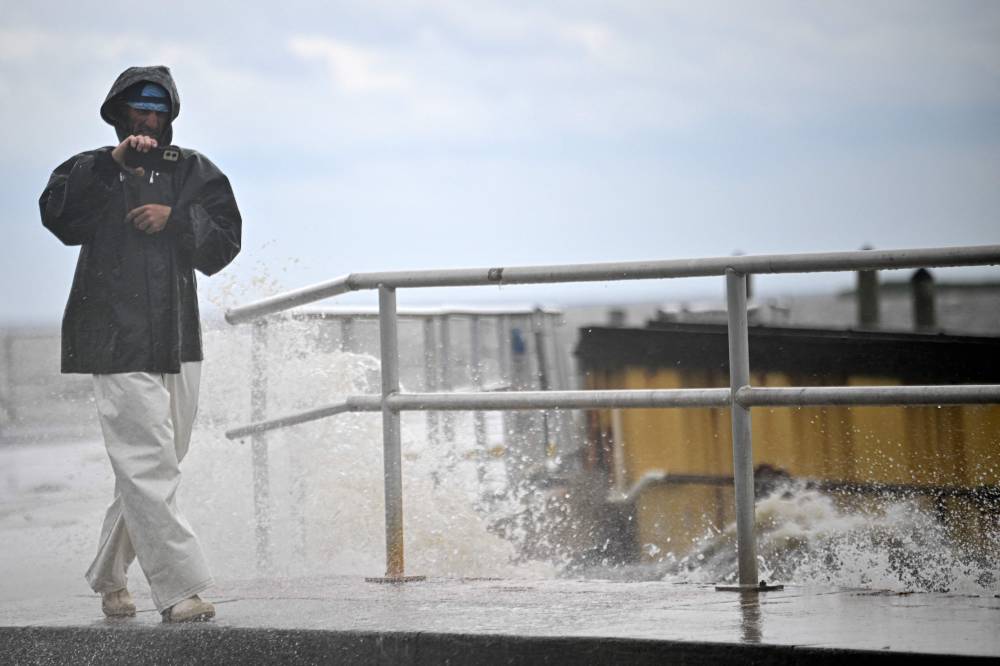
The NHC warned of up to 20 inches (51 cm) of rain in some spots and potentially life-threatening flooding, as well as numerous landslides across the southern Appalachians.
The National Weather Service said the region could be hit extremely hard, with floods not seen in more than a century.
“This will be one of the most significant weather events to happen in the western portions of the area in the modern era,” it warned.
AFP is one of the world's three major news agencies, and the only European one. Its mission is to provide rapid, comprehensive, impartial and verified coverage of the news and issues that shape our daily lives.





















